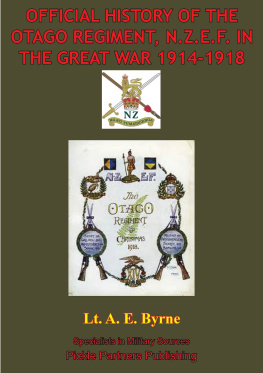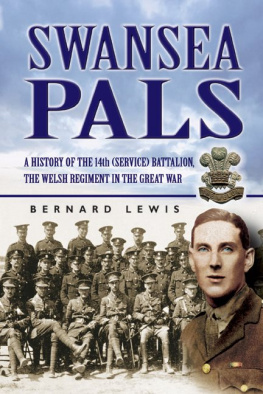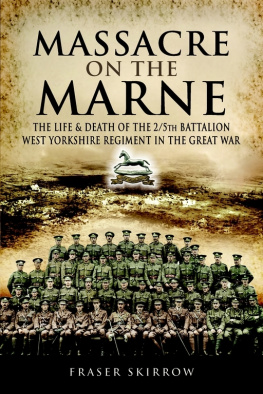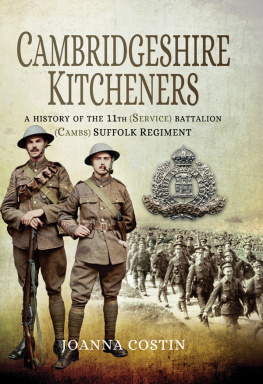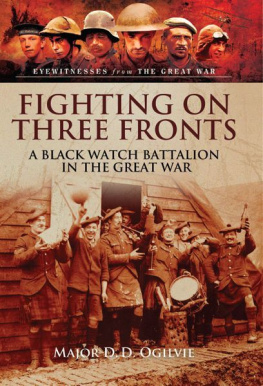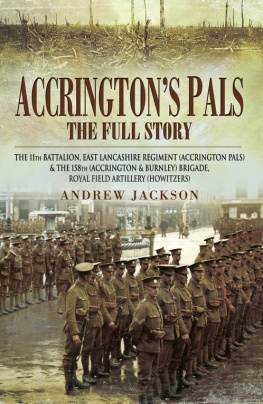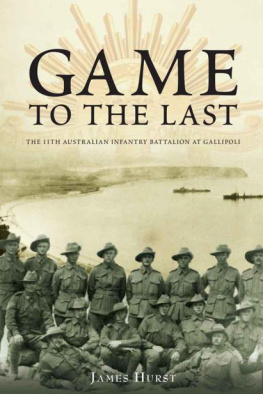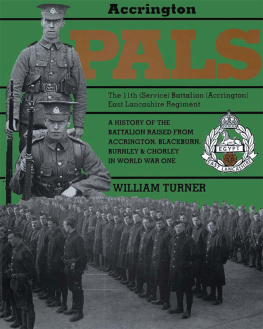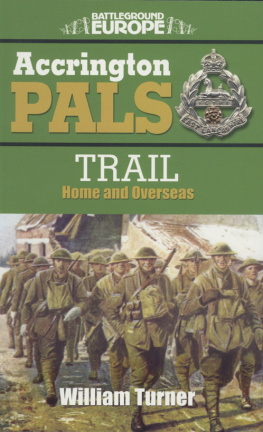ix their career could not be followed: quoted in Accrington Observer and Times, 21 October 1919, p. 1.
Chapter 1
page
1 applauded heartily: Accrington Observer and Times, 12 November 1912, p. 1.
2 By 1859 the Accrington area offered employment: R S Crossley, Accrington: Chronological Notes and Men of Mark (Accrington Observer and Times, 1924), p. 44.
2 make good: R S Crossley, Accrington Captains of Industry (Wardleworths, 1930), p. 155.
2 despite the looseness of the Union blockade: James M McPherson, Battle Cry of Freedom: The Civil War Era (Oxford University Press, 2003), p. 384.
3 36,000 in Blackburn were on charitable relief: Edwin Hopwood, A History of the Lancashire Cotton Industry and the Amalgamated Weavers Association (Amalgamated Weavers Association, 1969), pp. 48 9.
3 mill owners had cut wages by 10 per cent in 1869: Mary Blewett, Textile Workers in the American Northeast and South: Shifting Landscapes of Class, Gender, Race, and Protest, National overview USA, Textile conference HSH, 11 13 November 2004 (hereafter Blewett), p. 5.
3 abounded as nowhere else: Blewett, p. 3.
3 34 per cent of the workforce in Fall River: Blewett, p. 5.
3 reaching New York on the SS Egypt on 11 February 1873: New York Passenger Lists at www.ancestry.com.
3 foreman of the winding, warping and slashing department: Accrington Observer and Times, 3 July 1917, p. 1.
4 chronic insubordination: Blewett, p. 6.
4 a strike of nearly 15,000 workers: Blewett, p. 8.
4 offer of work at a Bombay cotton mill: Accrington Observer and Times, 18 December 1923, p. 4.
4 Imports into Britain of Indian cotton had fallen away again: Arthur Silver, Manchester Men & Indian Cotton 1847 72 (Manchester University Press, 1966), Fig. II on p. 316.
4 in the fertile Gangeatic plain: Surendra Nath Singh, Planning & Development of an Industrial Town: A Study of Kanpur (Mittal Publications, 1990), p. 5.
4 stacked higher than the roofs of the houses: Zo Yalland, Boxwallahs: The British in Cawnpore 1857 1901 (Michael Russell, 1994) (hereafter Yalland), p. 144.
4 the foundation stone was laid: Yalland, p. 145.
5 the first engine of the new mill: Yalland, p. 247.
5 started with a floor shed containing 100 looms: Accrington Gazette, 27 February 1915, p. 8.
5 surpassed by only two rivals: Accrington Gazette, 20 October 1900, p. 5.
5 in a building called the Bibighur: Barbara English, The Kanpur Massacres in India in the Revolt of 1857, Past and Present 142 (February 1994), pp. 169 78.
5 founded the Volunteers Club: Yalland, p. 265.
5 transmitted by post!: Accrington Observer and Times, 18 December 1923, p. 4.
5 three more children: Lancashire: biographies, Rolls of Honour (R J James, 1917), p. 185.
5 employed at the Cawnpore Cotton Mills: Thackers Indian Directory (1890), Part 2.
5 a double wedding: British Library India Office Records N/11/7/1007 and N/11/7/ 1009.
5 6 patent porous waterproof cloths: Thackers Indian Directory (1895), p. 695.
6 retirement at the early age of 50: Accrington Observer and Times, 18 December 1923, p. 4.
6 the pleasure of seeing us off: Accrington Gazette, 17 February 1900, p. 6.
6 election to Accrington Town Council: Accrington Observer and Times, 3 November 1900, p. 8.
6 fresh business interests: Accrington Observer and Times, 18 December 1923, p. 4.
6 awarded a set of medals: Jean Harrison, Accrington Stanley: The Story of a Lancashire Football Club (self published, 1972), p. 7.
Chapter 2
page
7 twenty-five times in 1913 alone: Hew Strachan, The First World War (Simon & Schuster, 2003), p. 11.
7 new armament programmes of both France and Russia: Niall Ferguson, The Pity of War (Penguin, 1999) (hereafter Ferguson), p. 151.
8 a war in the near future: quoted in David Fromkin, Europes Last Summer (William Heinemann, 2004) (hereafter Fromkin), p. 110.
8 the most famous wrong-turning in history: Ferguson, p. 146.
8 both died shortly afterwards: Accrington Observer and Times, 30 June 1914, p. 5.
8 the support of the pan-Serb society: Ferguson, p. 146.
9 gave their agreement: Miranda Carter, The Three Emperors (Fig Tree, 2009), pp. 420 1.
9 an ultimatum to Serbia: The Austro-Hungarian Ultimatum to Serbia (English translation) at http://wwi.lib.byu.edu/index.php/The_Austro-Hungarian_Ultimatum_to_Serbia_(English_translation).
9 10 minutes before the deadline expired: Accrington Observer and Times, 28 July 1914, p. 2.
9 Serbia replied: The Serbian Response to the Austro-Hungarian Ultimatum (English translation) at http://wwi.lib.byu.edu/index.php/The_Serbian_Response_to_the_Austro-Hungarian_Ultimatum_(English_translation).
9 a brilliant achievement in a time-limit of only 48 hours!: quoted in Imanuel Geiss, The Outbreak of the First World War and German War Aims, Journal of Contemporary History, Vol. 1, No. 3, 1914 (July, 1966), pp. 75 91.
9 no longer had control: quoted in Fromkin, p. 219.
9 convinced of the threat to Britain: Ferguson, p. 163.
9 argued for an immediate declaration of neutrality: Ferguson, p. 160.




